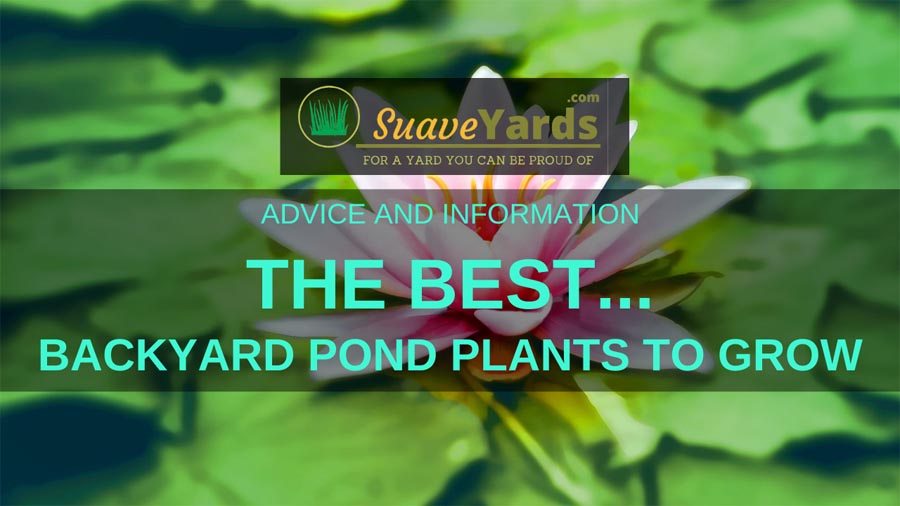
If you have a pond, make it more dynamic by adding aquatic plants in it. The plants will make the pond more beautiful and provide balance in the ecosystem. Let’s take a closer look at the subject.
What Are The Best Backyard Pond Plants To Grow?
The most popular backyard pond plant to grow is undoubtedly water lily, it is easy to grow is colorful and prevents algae from reproducing. Other favorites include mosaic flower, pickerelweed, cardinal, water lettuce, smooth frogbit and azolla. All are both beautiful and beneficial to your fish as they can improve water quality, provide shade and protection and add nutritional value to a pond.
Importance of Plants in Ponds
When you have a large area at home, a pond would be a great way to improve the area.
There are actually many advantages to having a pond.
For starters
It’s beautiful–of course, depending on how it was created and how it will be maintained.
But more often, ponds could upgrade your home, especially your backyard.
Now
If you have a garden, the pond could accentuate that. Or, the pond could become the main attraction in the backyard and the garden becomes the accent.
And if you don’t have a garden, the pond will add color to your yard!
Look
Even if your pond is just plain, the entire ecosystem will be colorful.
You have the fish, of course, which have different colors. You can be as colorful as you want.
Then
You also have aquatic plants. While there are a lot of green aquatics, there are also colorful ones.
Plus, you might have frogs or toads visiting your pond as well.
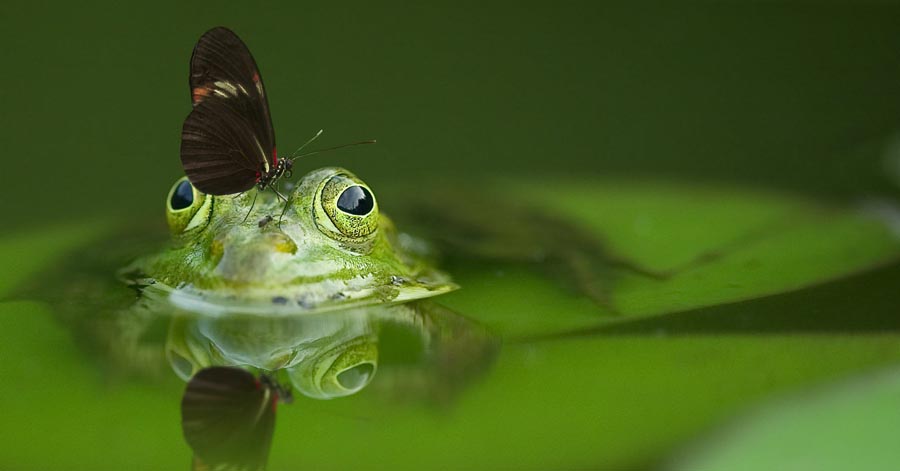
Also
You can always upgrade the pond in so many ways so that it wouldn’t look too basic.
You can add a waterfall or put some statues. There are also rock borders you can put and various other decorative components.
The options are endless.
There’s more to it, too
The pond is great not just for its visual appeal. The pond is also good for our mental health.
It’s actually quite therapeutic. You know how the sound of nature will always make us feel better?
Well, the pond has various natural components: water, and aquatic plants and animals. These are things that you can hear as well.
In other words
Not only do ponds have a visual appeal, they also provide auditory attraction. It’s a good form of therapy just hearing nature in your backyard.
Imagine what it could do to your well-being to actually hear and see the beauty of a pond.
Here’s something to remember
A pond will only be able to maintain its beauty and the positive vibe it sends people when the components of a truly great pond are there.
This means that you should have clean water, the aquatic animals, as well as the aquatic plants.
In some cases
People only think about the fishes in the pond. It’s understandable that they are the main attraction.
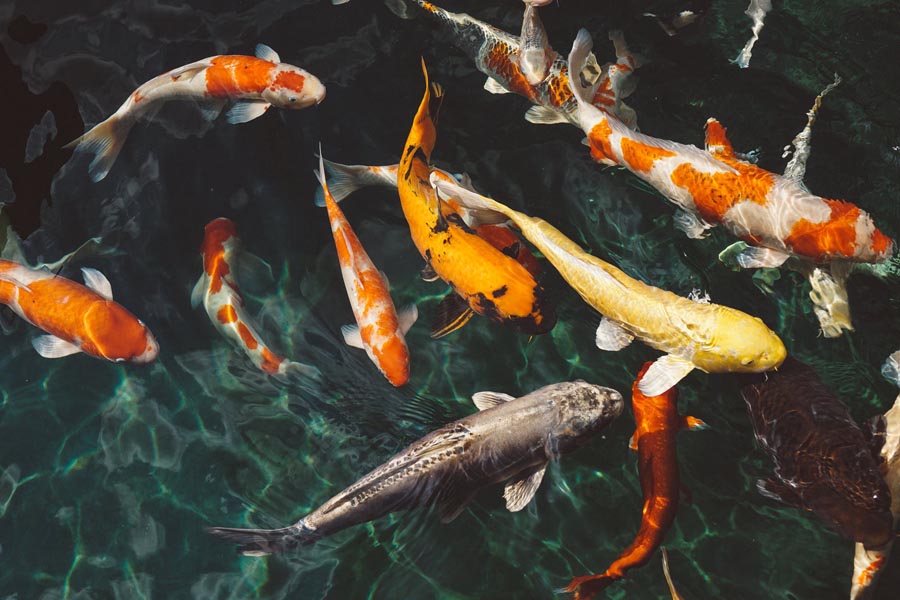
You should know, though, that plants are very important to ponds, especially when it comes to the survival of the fishes.
Why are pond plants important?
Plants provide balance to the ecosystem. Your pond may be small but it’s an entire ecosystem on its own.
Here are some of the benefits of aquatic plants:
1. Add beauty
They are beautiful. Even the simple green floating ones are attractive and they just improve the look for your pond.
Imagine how the pond will look when you put some really beautiful flowers in the pond.
When you look at beautiful things, it could also help with your disposition.
You know
Looking at beautiful things can really help with your psyche.
And what could be more beautiful than nature?
2. Control algal bloom
Algae aren’t necessarily bad for your pond. However, when there is too much algae, your pond ecosystem will suffer from the imbalance.
Your fish could die.
This is what happens
Just like any other plant, algae actually absorb nitrates. However, when there’s too much algae, it would compete with the other aquatic plants as well as with the fish in getting nutrients.
Imagine if you don’t have aquatic plants, the algae will compete in getting nutrients with the fish and it will just multiple. That’s when algal bloom happens. The fish would eventually die.
On the other hand
If you have aquatic plants, they will absorb the nutrients in the water and prevent the algae from taking it all.
With less nutrients for the algae, it will slow down its bloom.
3. Improve water
Aquatic plants also absorb pollutants in the water, keeping it healthy and clean.
However, you can’t just depend on the plants to keep your pond water healthy. Plants can only do so much.
You have to do your part by cleaning the pond every now and then.

4. Shade and protection
Floating plants can provide shade for the fishes when it’s really hot out. If there are predators out, the covering will also help hide the fish.
With plants also providing shade, it will limit the proliferation of algae.
5. Food and nutrition
Aquatic plants, just like their land counterparts, are also food. They are the food, and as a result provide nutrition, to pond dwellers–from fish to insects, to turtles and even ducks.
Best Backyard Pond Plants to Grow
Now that you know there are many advantages to having plants in your pond, what are the best backyard pond plants to grow?
Water lily
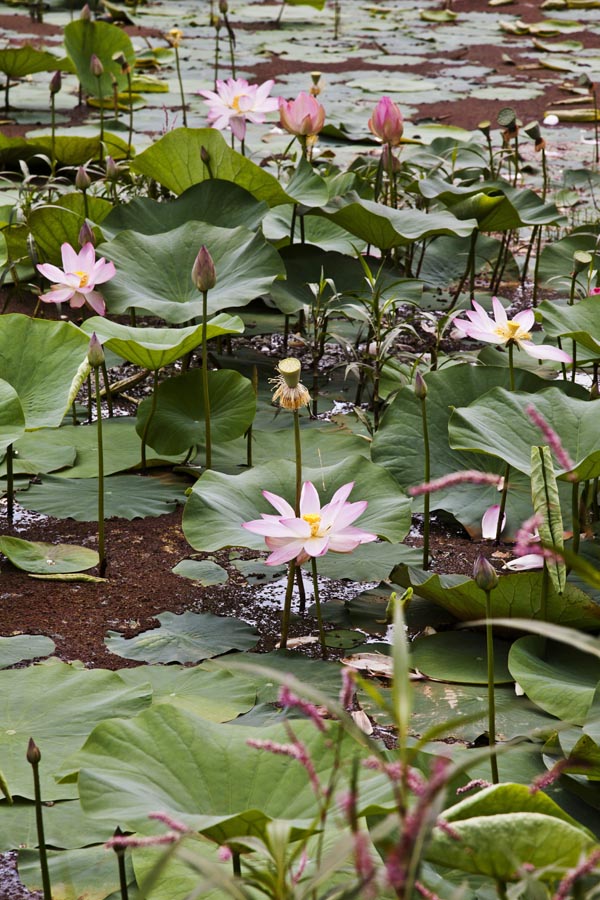
This is probably the most popular aquatic plant on the planet.
Its leaves are large and the flowers are beautiful. The leaves could grow up to 12 inches, which means they provide great shade.
Remember the algae?
With leaves as large as these, algae don’t have room to reproduce and grow.
The flowers are very colorful. Different species of water lilies also have different colors. You can choose from orange-red to yellowish and reddish flowers.
Amazon / smooth frogbit
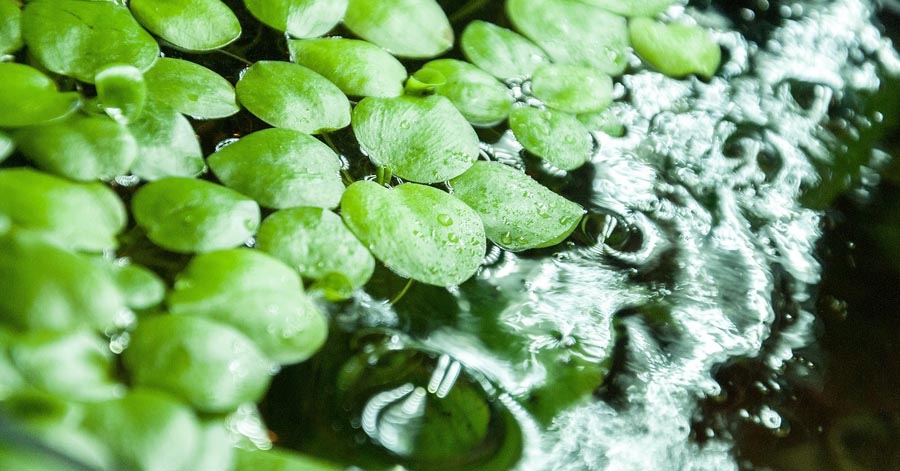
This plant is also known as West Indian or South American spongeplant. It originated in South America, hence, the name.
It is sometimes identified as a water hyacinth. But the underside of the frogbit leaf actually has a spongy tissue. That’s why it is also called a spongeplant.
Actually
This type of aquatic plant is more popular for aquariums because it’s a favorite among snails.
So, if you have this in your pond, make sure that it is kept in the middle. If they are on the edges, snails will have the ability to reach and eat them.
Another downside
The leaves of the Amazon frogbit have to be kept dry or they will rot.
So, why should we keep them? Because it can survive through winter.
Let me explain
This type of plant forms buds that will then sink to the bottom of the pond over the winter. By spring, it will bloom again.
Mosaic flower

When you see this aquatic plant, you will understand why it’s called as such. Its diamond-shape leaves form a mosaic in the water.
It’s a floating plant so you will definitely see it.
When it’s summer
It becomes even prettier because its yellow flowers will bloom.
The mosaic flower and its leaves also provide great shade for the fishes in the pond.
Pickerelweed

This is just a beautiful flower that usually grows in wetlands. But you can also have it in your pond.
This needs soil to grow though. But it can grow even with low soil oxygen.
What can you do?
You can put this plant in a pot and submerge part of it in the pond. This way, it will have the best of both worlds–soil and water.
This is mainly an ornamental plant.
But if you must know
You can also eat the young leaf stalks. They can be eaten raw, so you can add them in a salad.
Cardinal

This is a perennial plant found in wet areas. Just like the pickerel weed, you can pot the cardinal and submerge part of it in the pond.
There are so many great things about this flowering plant.
Like?
It’s beautiful, for starters. The bright red petals of the flowers will surely brighten up your pond and your yard. It could brighten up your day as well.
It is also attractive to birds. This way, you can also attract birds to your home.
Did you know?
Birds, too, are great for your mental health.
Water lettuce
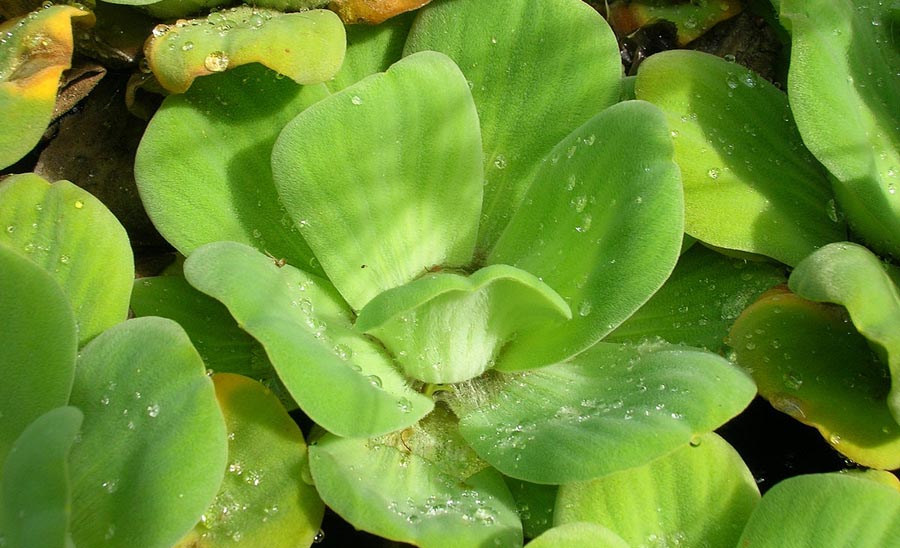
Guess how this plant got its name? Yep! It’s because it looks like lettuce floating on water.
It’s also known as water cabbage, Nile cabbage or shellflower.
You have to be careful
This is considered an invasive plant, which means it has a tendency to become weedy.
However, since a pond is a controlled environment, you can just make sure that the water lettuce doesn’t multiple too much.
Important to note
This plant can reduce the tendency for an algal bloom.
It also provides great shade.
Azolla
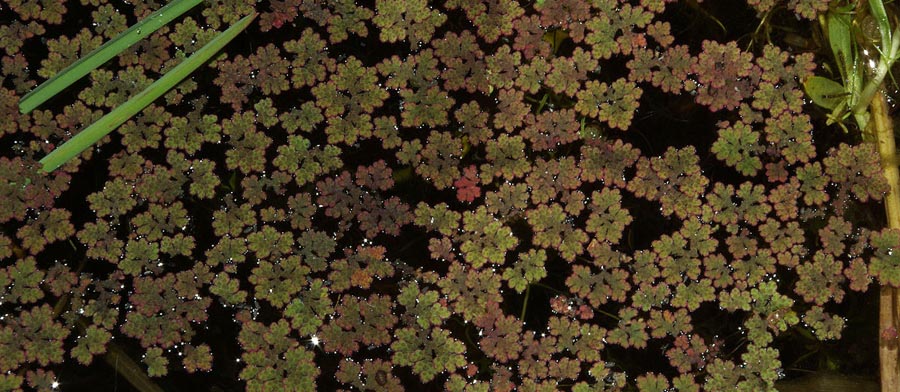
Do you have a mosquito problem? Then this is the right aquatic plant for your pond.
This plant is known by many names like duckweed fern, fairy moss, and water fern. But what’s probably most appropriate is the mosquito fern.
How so?
It doesn’t really resemble ferns but it is considered as such because of its role in making it difficult for mosquitoes to lay eggs.
This is also a popular fish food.
Although
This is also an invasive plant and is even considered a weed in some cases. It has a tendency to cover the water, so just make sure to control its population.
Summary
The pond isn’t just a place to keep fishes or other aquatic animals. It’s also a water structure for aquatic plants. You should have both aquatic animals and plants to keep the balance in the ecosystem.
Aquatic plants are important because they could provide food for the fish and they can control algal blooms. They also make the pond more beautiful.
But what are the best backyard pond plants to grow? Check out the top seven plants that are both beautiful and beneficial to the fishes.
Useful Resources
- Best Backyard Pond Plant Varieties – The Spruce
- Choosing Koi Pond Plants: Pros & Cons of 11 Common Types – Koi Care
- How to Keep Aquarium Fish in Outdoor Fountains and Ponds – The Spruce Pets

